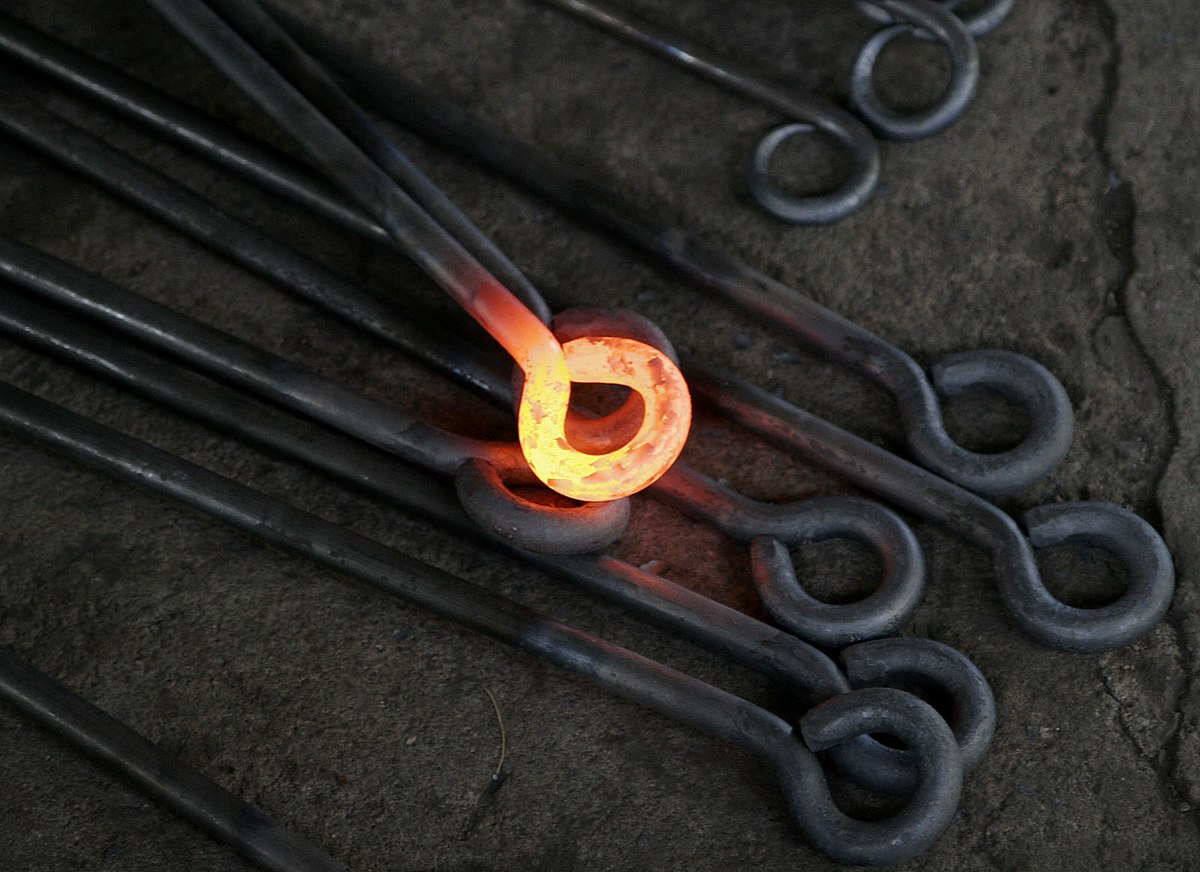Arcs occur during momentarily closed or open connections. They may follow the frequency of the AC waveform when the resistance of a fault is just right. That is what AFCIs are supposed to detect and protect against. Such arcs are generally assumed to occur due to accidental damage to wiring. Stereotypical examples would a homeowner putting a nail for a picture-frame hanger into NM inside a wall, or something heavy crushing an extension cord. Such examples are not from installation error or inadequate materials.
A 'glowing connection', as I take it, is a connection that heats up due to either components being used at higher current than rated for, or because components that were originally fine are longer able to carry rated current due to corrosion, old age, loss of proper torquing, etc. I understand older small-gauge aluminum wiring to be more prone to the latter than copper. The key point here is that such connections may get really hot without ever opening the circuit. They therefore do not arc. Current remains flowing smoothly in the circuit, just like it does in the resistance heating element of a designed heater. It's theoretically impossible for any circuit breaker at the branch circuit origin to be designed to detect such a problem. No manufacturer makes any claim that AFCIs detect such problems. (If the distance is short enough, the heat might conduct through the wire to the breaker enough to trip the breaker thermal element below the rated ampacity, but this would be a lucky fluke.)
So, to the extent that older small gauge aluminum wiring might be more prone to either:
- loose connections that arc
or
- compromised 'glowing' connections that heat up without arcing due to too much resistance
...then AFCIs might detect the former, if they work properly, which many people doubt. If they do, you will end up back at the customers house checking all the connections and giving them a bid to replace the wiring. Which if you're being diligent, maybe you should do in the first place.
And AFCIs will not detect the latter, because they are not even supposed to. And if something catches fire and someone determines that it was from a glowing connection which you claimed that AFCIs would detect, you could be liable for fraud and you'd better hope the client's insurance company doesn't have an expert who figures it out.
I won't try to speak to how much increased danger there actually is from old small-guage aluminum wiring. I'm just saying that you should not sell anyone AFCIs as eliminating that risk. AFCIs may provide a measure of additional protection, if they work as advertised (which many doubt). That's all you can say. Whatever risk there is, a lot of it is still there.



